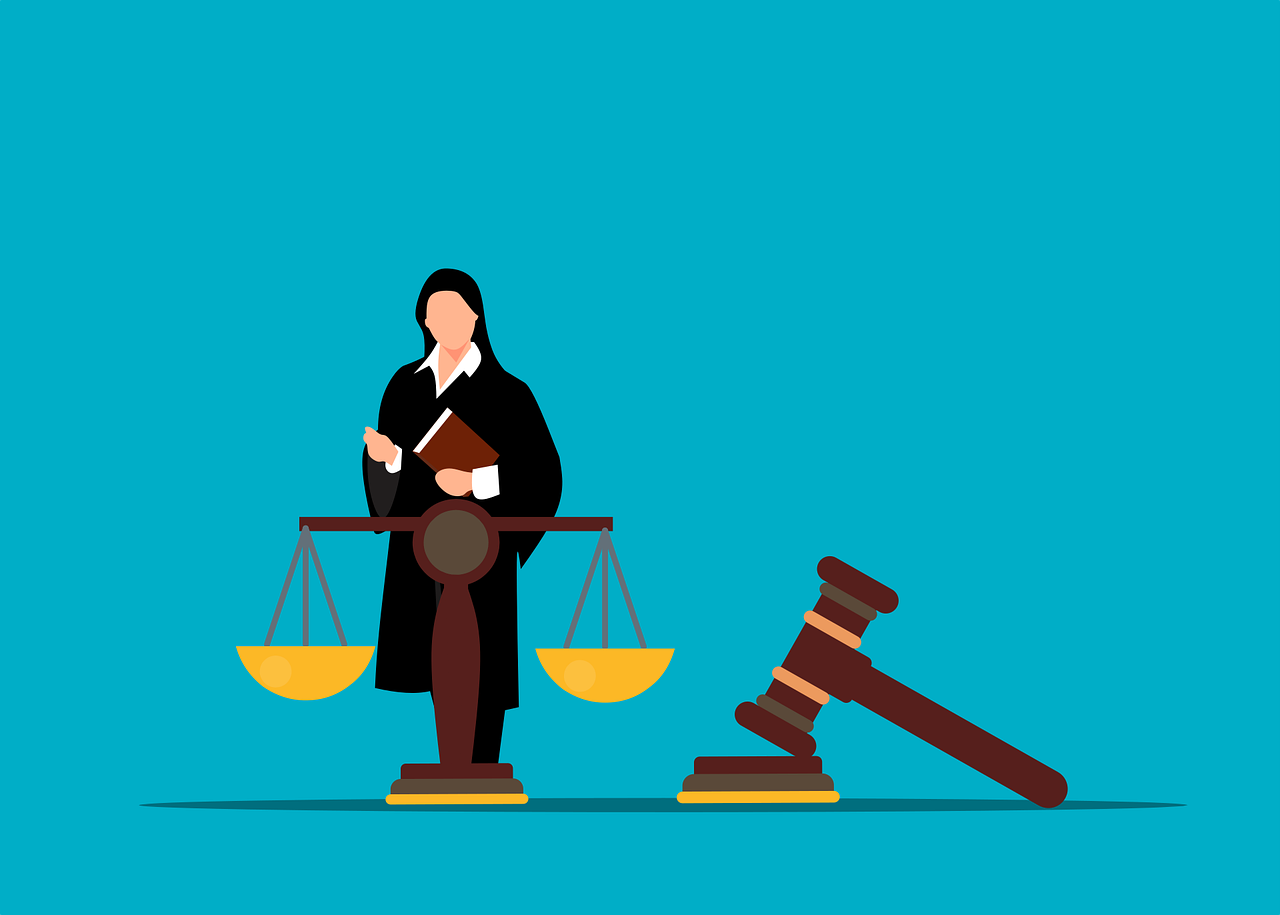
 By Vivekanand Jha
By Vivekanand Jha
The tussle between the Government and the Judiciary over the Collegium system refuses to die down. The move by the Union Law Minister Kiren Rijiju, in writing a letter to the Chief Justice of the Supreme Court, to seek the representation of the government nominee as part of the collegium which decides upon the appointment of Supreme Court and High Court judges, is the latest attempt by the government in this regard.
Isn’t this a move to sustain pressure and bridle the judiciary?
Unequivocally, the National Judicial Appointments Commission Bill 2014, despite its passage by the Parliament, was quashed by the Supreme Court in 2015, on the ground of its being unconstitutional by 4:1 verdict.
Significantly, in view of the apex court quashing the NJAC bill, the tug of war between the legislature and executive on the one hand, and the judiciary on the other, has gained currency. The Union Law Minister Kiren Rijiju publicly seeking reforms in the judiciary, along with dismantling the institutionalised collegium system by ushering in the fresh NJAC bill, appears an unequivocal expression of the government’s stand to contain judicial activism.
Add to this a recent observation made by Vice President Jagdish Dhankar that he completely disagrees with the verdict of the Keshavananda Bharati case versus the State of Kerala in 1973, where the basic structure of the Indian Constitution was held sacrosanct, not amenable to changes through any Parliamentary diktat, uncannily, yet definitively, invites comparison with the emergency imposed by Indira Gandhi. No wonder, Dhankar’s observation of disagreeing with the 7: 6 verdict by the apex court then, is the latest example of one Constitutional body running down another in a game of one-upmanship. Dhankar, himself being from the legal fraternity, this very observation assumes significance.
Whereas the collegium system is seen to foster nepotism and corruption, it does need an overhaul. However, the latest letter of Rijiju, seeking a government nominee in the collegium which decides the appointment of judges for the high courts and the supreme court could be interpreted as a direct interference with the autonomy of the judiciary.
How the development shapes up will also depend on the stand taken by the Supreme Court under Chief Justice DY Chandrachud. At the same time, it will be interesting to see the fate of the landmark judgement of Kesavananda Bharati, which stands institutionalised today, that has the potential of redefining the shape of democracy.
*Author, Academician and Public Intellectual.





